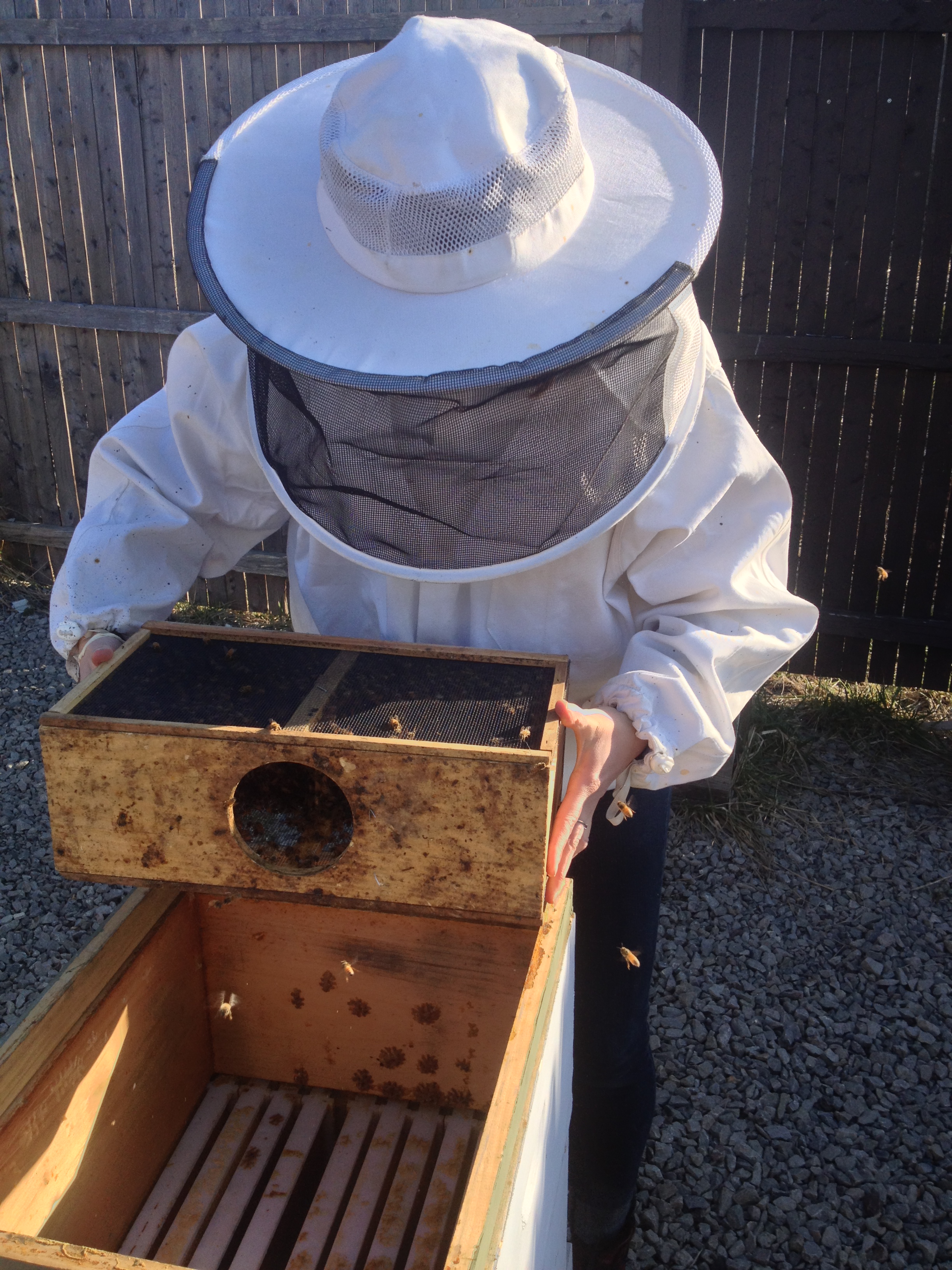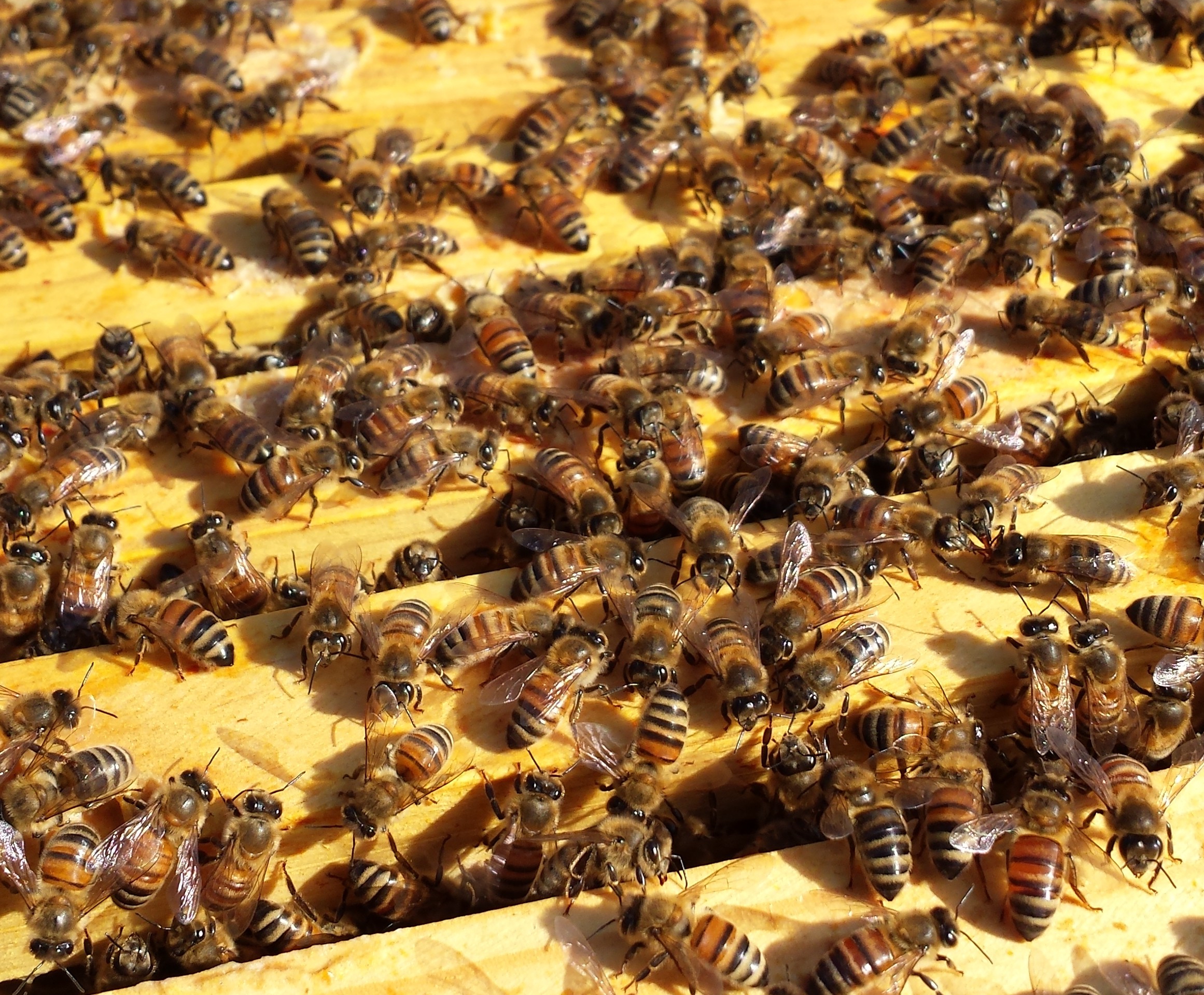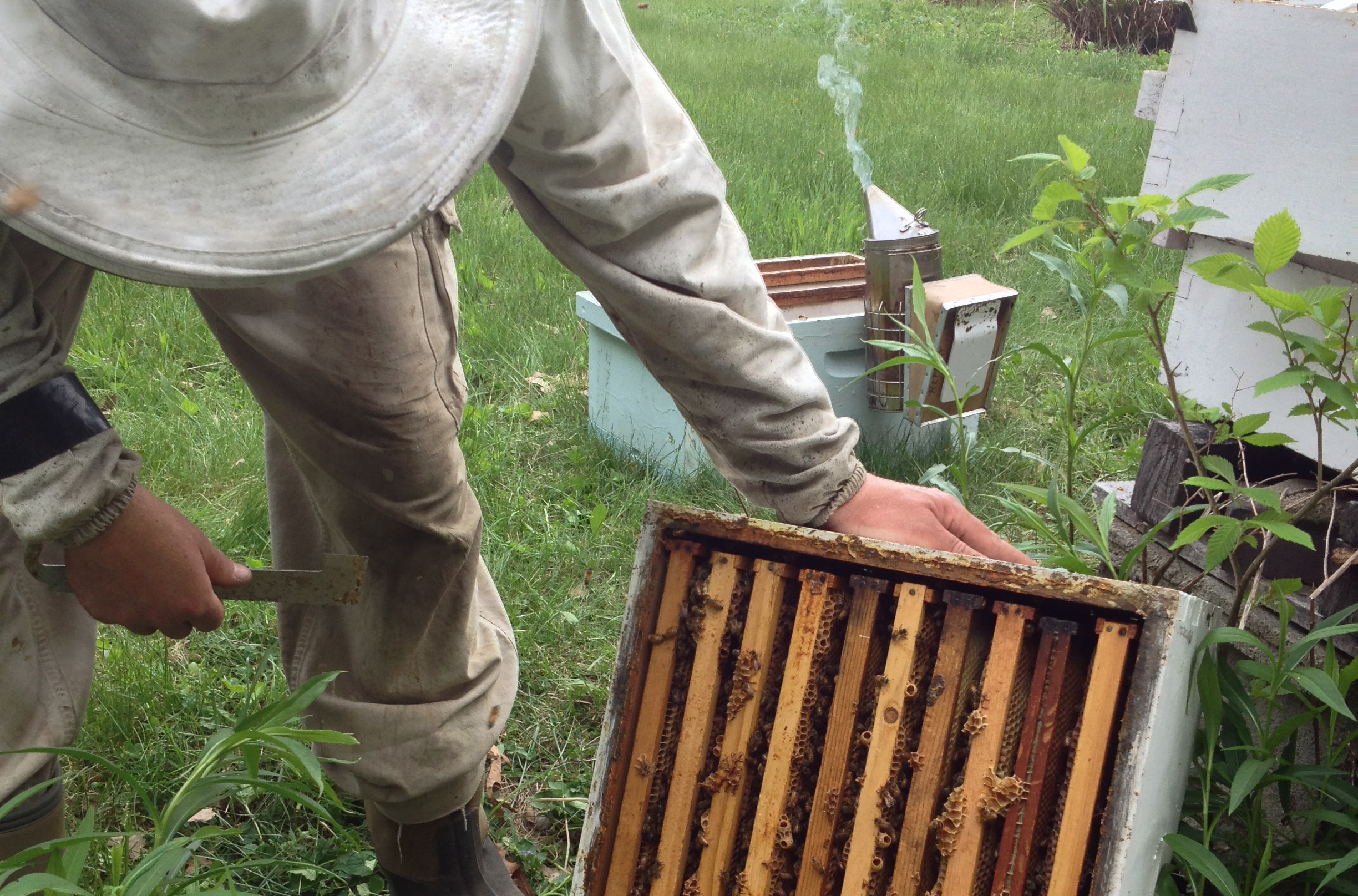2015 Open Apiaries
Would you like to learn more about honeybees and beekeeping? Are you curious about seeing the inside of a beehive? Then come to our monthly Open Apiary. You will be given a guided tour of the inside of a beehive by an actual beekeeper. Our apiary tours are held at our Community Apiary in the Homewood Neighborhood of Pittsburgh. 6933 Susquehanna St., Pittsburgh, 15208 Protective head gear will be provided. Please wear or bring long a long sleeved shirt, preferably with a collar, and long pants (no Capris or shorts please!) Also, closed toed shoes such as sneakers are recommended. Honeybees are gentle but we want to keep as covered up as possible. A donation of $10 per person is appreciated. Open Apiaries are limited to 15 people so please register early. RSVP by email to Lynnetta Miller (lynnettam@burghbees.com) by 5pm on the Friday before the scheduled Open Apiary. The tentative schedule is below. Actual dates will be determined by weather and will be posted in the events section on our website. Saturdays will start at 11am (gates close at 11:15am - no late arrivals are permitted. Sundays and will start at 1pm (gate closes at 1:15pm - no late arrivals are permitted). Please allow 2 hours. Saturday May 30 (11am) Saturday, June 27 (11am) canceled due to rain Saturday, July 25 (11am) Sunday, Aug 23 (1pm) Sunday, Sept 20 Sept 27 (1pm) We have also partnered with Penn State's Master Gardener Program. We will have students from the Master Gardener program on hand to discuss pollination and pollinator friendly gardens.



